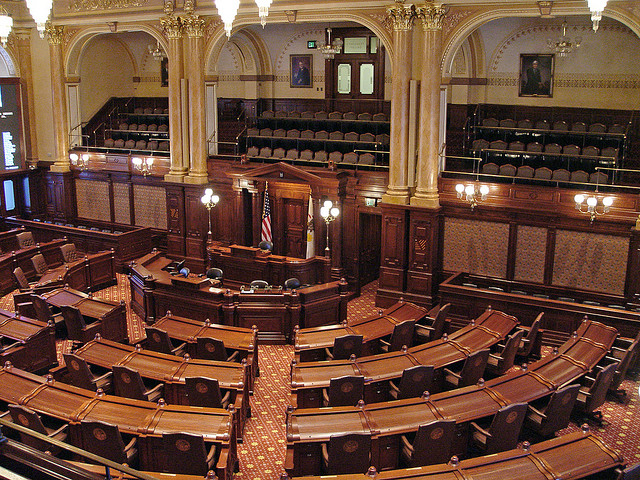Yesterday, December 2, 2015 the state of Texas brought suit against the federal government and the International Rescue Committee (IRC), before the United States District Court in Texas Health and Human Services Commission V. United States et al., 12/2/15. In its suit, the state of Texas claims that the federal government and the IRC acted unlawfully in their attempt to resettle Syrian refugees without prior consultation and direct cooperation with the state of Texas, as required by federal law. The lawsuit was brought by the Texas Health and Services Commission (THSC) representing the interests of the state of Texas in court. The THSC is an agency responsible for the administration and development of the refugee resettlement program in Texas. The state of Texas discovered in a phone call with the IRC that the Committee intended on resettling 6 Syrian refugees in Dallas, Texas on December 4, 2015 without consent. On December 1, 2015 Texas addressed the Committee in a letter requesting a halt to the resettlement of Syrian refugees until the state would receive security assurances and discuss proper screening procedures for said refugees. The IRC responded on December 2nd that it would continue the resettlement process as planned resettling the refugees in Texas.
Refugee Resettlement Program
Texas administers the refugee resettlement program along with the assistance of local government agencies responsible for the financial costs associated with the refugee’s resettlement and transition to the state of Texas. In order to accomplish its endeavors, all federal and state agencies must adhere to strict framework’s established by the Refugee Act of 1980, which require collaborative and cooperative efforts between all entities involved in the process of refugee resettlement. According to Texas, “instead of adhering to that statutory framework, the federal government and the Committee have left Texas uninformed about refugees that could well pose a security risk to Texans and without any say in the process of resettling these refugees.”
Arguments for the state of Texas
In its suit, Texas aims to re-assert its sovereignty and obligation to protect the safety of its residents. Texas claims that the government’s failure to adhere by the law has raised legitimate security concerns involving potential complicity between refugees and terrorists.
 Visa Lawyer Blog
Visa Lawyer Blog







